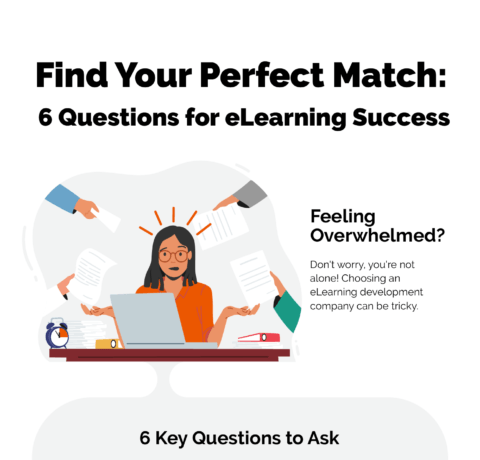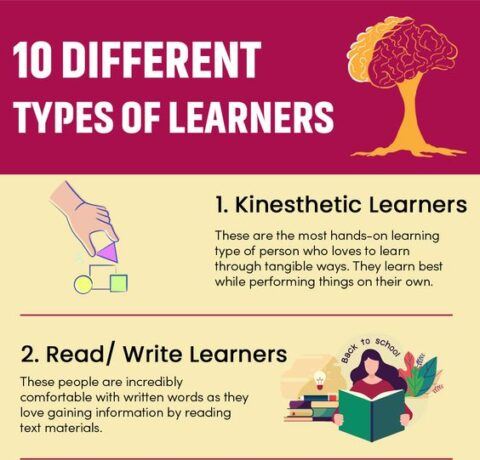Why Retail eLearning Is Soaring Infographic
According to the 2015 Retail Sector Benchmark Report, 46% of retail companies are planning on increasing their training budget in the next couple of years, compared to 35% average across all businesses.
eLearning Benefits
Drive engagement and revenue
The Towards Maturity research found that, as a result of adopting technology-enabled learning, retailers are improving:
- revenue,
- productivity and
- behavioural change amongst employees
Increase sales and customer satisfaction
Compared with traditional training methods, Towards Maturity reports:
- 34% improvement in employees’ ability to change procedures or products,
- 44% improvement in their ability to roll out new IT applications and
- 26% improvement in customer satisfaction
Minimise training time
- With retail eLearning, employees learn up to twice as much in half the time they would take with traditional training methods.
- No need for travel time to training venues.
- Employees can access training when they need it, reducing time off work and saving time spent on coordinating conflicting schedules.
Employees stay up-to-date with the latest products and services
70% of retail learning and development professionals strongly agree that employees can access learning directly relevant to their job and stay informed of specs and benefits for each product and service they sell.
Reduced employee turnover
- Staff turnover in retail is very high - around 40% a year.
- A CAP study found the average cost to find, hire and train a replacement for a $10/hour retail employee is $3,328.
- According to the National Research Business Institute, 23% of employees leave for lack of development opportunities and training.
- A survey on training and development conducted by the Chartered Institute of Personnel and
- Development showed that 95% of employers see training as a way to improve retention.
- Pep Boys exceeded their employee-retention rates target by over 300% within one year of introducing e-learning.
Gamification* and Games-based learning**
* Gamification is about applying game designs and techniques to the learning process.
** Games-based learning is using games as part of the learning experience.
To make eLearning engaging and effective, many retailers are turning to games-based learning and gamification.
Reduced health & safety related incidents and theft
- Pep Boys’ gamified approach to safety training resulted in:
- 45% reduction in safety incidents and claim counts
- 55% reduction in shrinkage
Better knowledge retention
Bloomindale’s gamified elearning method11 lead to associates experiencing knowledge lifts in many company topics such as:
- awards program - 22% ⇪
- display hazards - 21% ⇪
- safe lifting - 17% ⇪
- emergency shutdowns - 14% ⇪
- box cutters - 13% ⇪
This led to:
- 9% reduction in safety incidents ⇓
- $2.2 Million in annual savings
Webanywhere have delivered multi-functional elearning platforms for several well-known retailers, which have enabled the delivery of high quality training using engaging and easy-to-use learning management systems. Retail elearning case studies available here.







You can adjust your cookie preferences here.